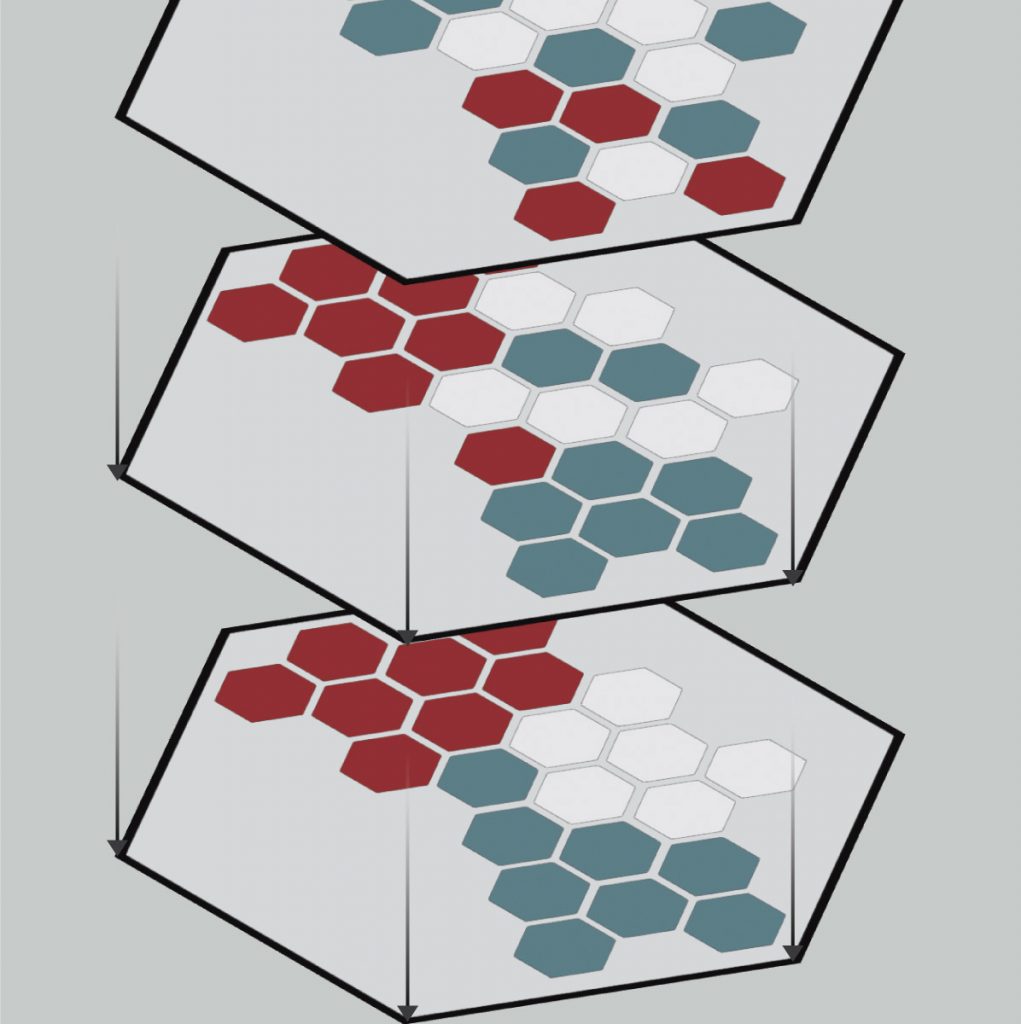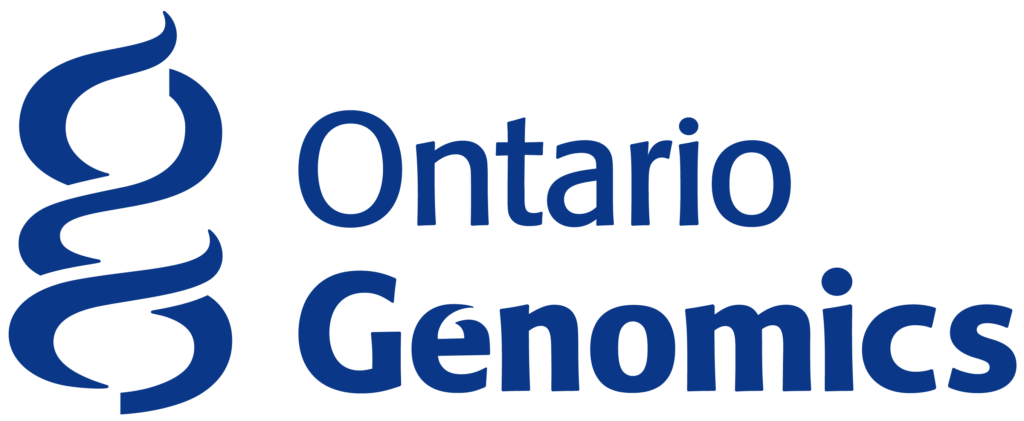
This introductory course will focus on developing experiments for the Visium HD and the subsequent data analysis. The workshop aims to provide an understanding of the technology and provide valuable advice on how to prepare for your Visium HD experiment, including critical tissue preparation tips. Following these, the workshop will move along a series of necessary fundamental computational steps required in transforming your raw dataset into a biologically meaningful format. Finally, the workshop will end with analysis steps that will guide the participant on how to perform biological queries following the computational process.
This workshop is offered both in-person and virtually. Please note that virtual participants will be supported by dedicated virtual TAs but may not have the same learning experience as in-person participants.
Priority will be given to brain researchers located in Canada.
ABOUT THIS COLLABORATION
Funding for this workshop is provided by the Brain Single Cell Initiative. The Brain Single Cell Initiative has been made possible by the Canada Brain Research Fund (CBRF), an innovative arrangement between the Government of Canada (through Health Canada) and Brain Canada Foundation, and University Health Network.
The Brain Single Cell Initiative is making single-cell and spatial genomics technology, along with scientific and bioinformatics support, available to brain researchers through the Princess Margaret Genomics Centre.
Panoramics – A Vision is a pan-Canadian working cluster for spatial and single cell multi-omics analyses.
By the end, participants will be able to:
- Prepare samples for Visium HD processing by a core facility
- Perform basic pre-processing and computational transformations required for analysis
- Understand the theory behind spatial and non-spatial clustering methods and their applications
- Carry out differential expression analysis statistical testing
- Integrate/complement images with gene expression datasets
- Understand the limitations of bins and scales on analysis
Graduates, postgraduates, and PIs working or about to embark on an analysis of spatial genomics data. Attendees may be familiar with some aspect of single cell RNA-seq analysis (e.g. gene expression analysis), single molecular spatial transcriptome and image analysis, or have no direct experience. This workshop is geared towards those who have both biological and bioinformatics interests
Basic familiarity with Unix commands and the Python scripting language. This workshop requires participants to complete pre-workshop tasks and readings.
You will also require your own laptop computer. Minimum requirements: 1024×768 screen resolution, 1.5GHz CPU, 8GB RAM, 10GB free disk space, recent versions of Windows, Mac OS X or Linux (Most computers purchased in the past 3-4 years likely meet these requirements).
Module 1: Garbage-in, Garbage-out
Lecture
This lecture will present the Visium HD technology by a core expert from PMGC. The lecture will provide explanations on how the Cytassist works, data resolution, sample processing and sequencing steps and the final output. Learn the steps and the technical details that go on from sample to reads to appreciate the process in planning and executing your Visium HD experiments.
Lecture
Tissue integrity and hence tissue preparation is fundamentally what results in high quality data for computational analysis and biological query. In this course you will learn invaluable advice from our lead instructor on why tissue processing matters and the steps to take when planning your experiment and preparing your samples.
Module 2: Normalizing and transforming your data
Lecture
In this lecture, participants will revisit the principles behind normalization and take a short dive into an overview of single cell normalization/transformation methods and their applicability in spatial tissue normalization and transformation. Participants will also be given an overview of the spatially-aware normalization methods that are available and their applicability given their infancy.
Practical
Participants will learn to wrangle with a toy Visium HD dataset prepared by the instructor to
- Understand the format of Visium HD output
- The relevant files for setting up an analysis
- Running QC and normalization
- Transforming data
Module 3: Building your spatial model
Lecture
In this lecture, participants will be given insights in non-spatial and spatial analysis methods which involves dimensional reduction and the importance of capturing non-spatial and spatially variable gene expression and cluster formation. Participants will be taught to appreciate the different approaches to modeling the spatial network and how to develop a simple but intuitive understanding of the mathematics behind the models.
Practical
Participants will continue their analysis from module 2 and will apply the following
- PCA and Leiden clustering traditionally applied over single cell datasets
- Spatially-aware embedding methods and clustering algorithms
- Compare and contrast the different biological signals between the two
Module 4: Gene enquiry and visualization
Lecture
Differential gene expression or gene enrichment from different groups in a sample group are vital in any discovery process. Participants will engage into the theory and approaches behind differential analysis, in both aggregate and spatially-defined domains. Proximity-based cell-cell communications will briefly be discussed from an exploratory angle and in disease modeling.
Practical
Participants will learn how to
- Determine the most appropriate statistical framework for performing differential gene expression analysis
- Examine the results with a biologically-relevant lens
- Compare cell-type specific differentially expressed genes with cell-cell communication analysis results
Module 5: Visualizing your gene expression in tissue context
Lecture
The value of spatial is to view the data in its tissue context, often in relation to images captured using complementary imaging modalities such confocal or bright field microscopes. H&E images accompany your Visium HD experiments and this lecture will provide a general overview and discuss the importance of integrating images with gene expression. And how these can be powerful tools to help in designing next experiments
Practical
Participants will learn:
- How to use annotated H&E images and integrate them with the previous gene expression derived spatial domains
- To use an image to confirm, fine-tune or validate spatial clusters previously identified
- To complement image-defined regions where spatial clustering fails
Module 6: Computational scaling
Lecture
This lecture will discuss using the different resolutions by adjusting spot size for your biological query and discuss the application of segmentation or cell-type smoothing methods. The lecture will contrast the applicability of these methods between spot-based and image-based platforms.
Practical
Participants will perform
- A simple visualization of the different spot sizes/binwidths over their data
- Apply smoothing algorithms to annotate cell type and review the clarity and limitations of the output
Duration: 2 days
Start: Feb 20, 2025
End: Feb 21, 2025
Status: Registration Closed
Workshop Ended

Canadian Bioinformatics Workshops promotes open access. Past workshop content is available under a Creative Commons License.
Posted on:
 Download the poster announcing this workshop
Download the poster announcing this workshop




